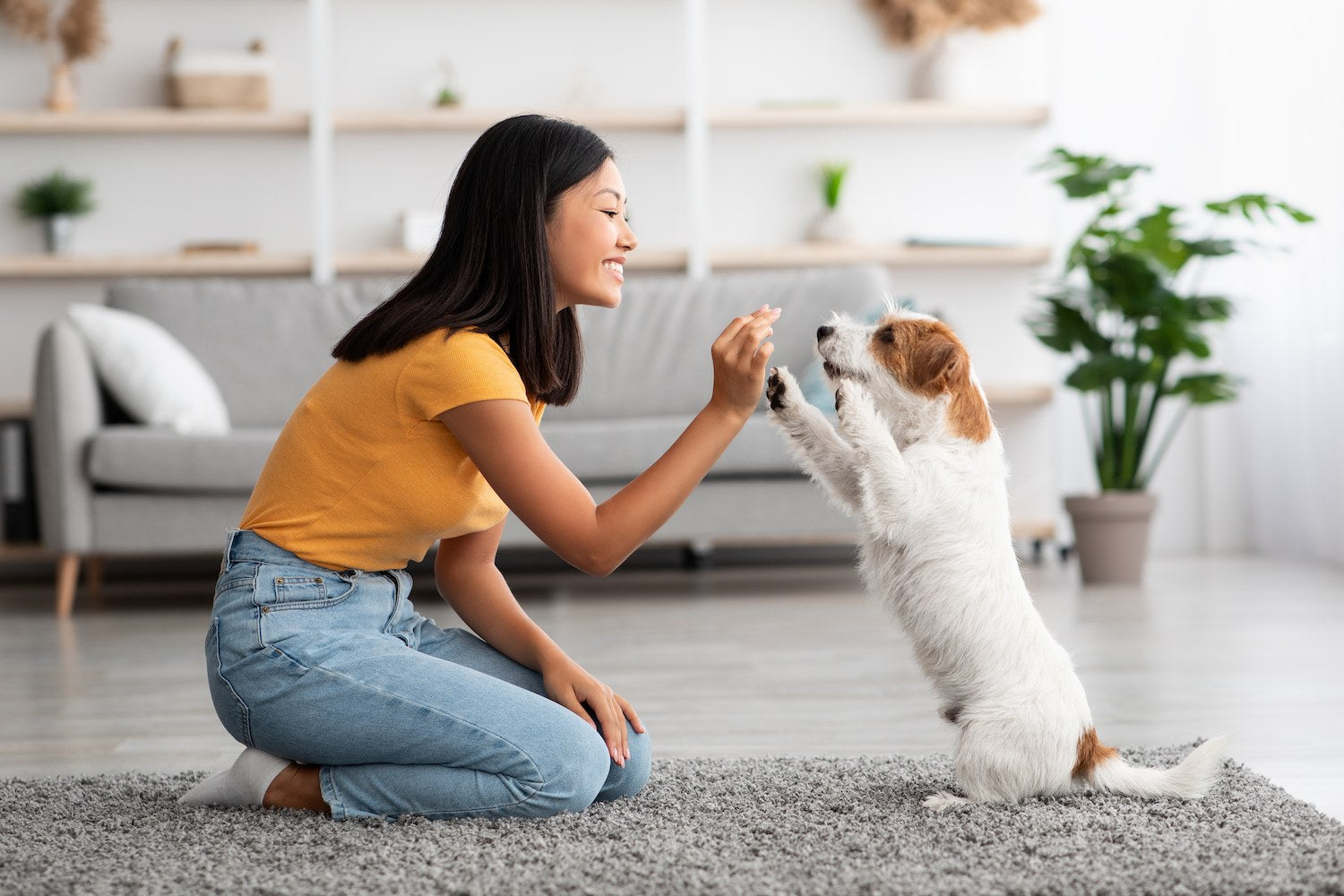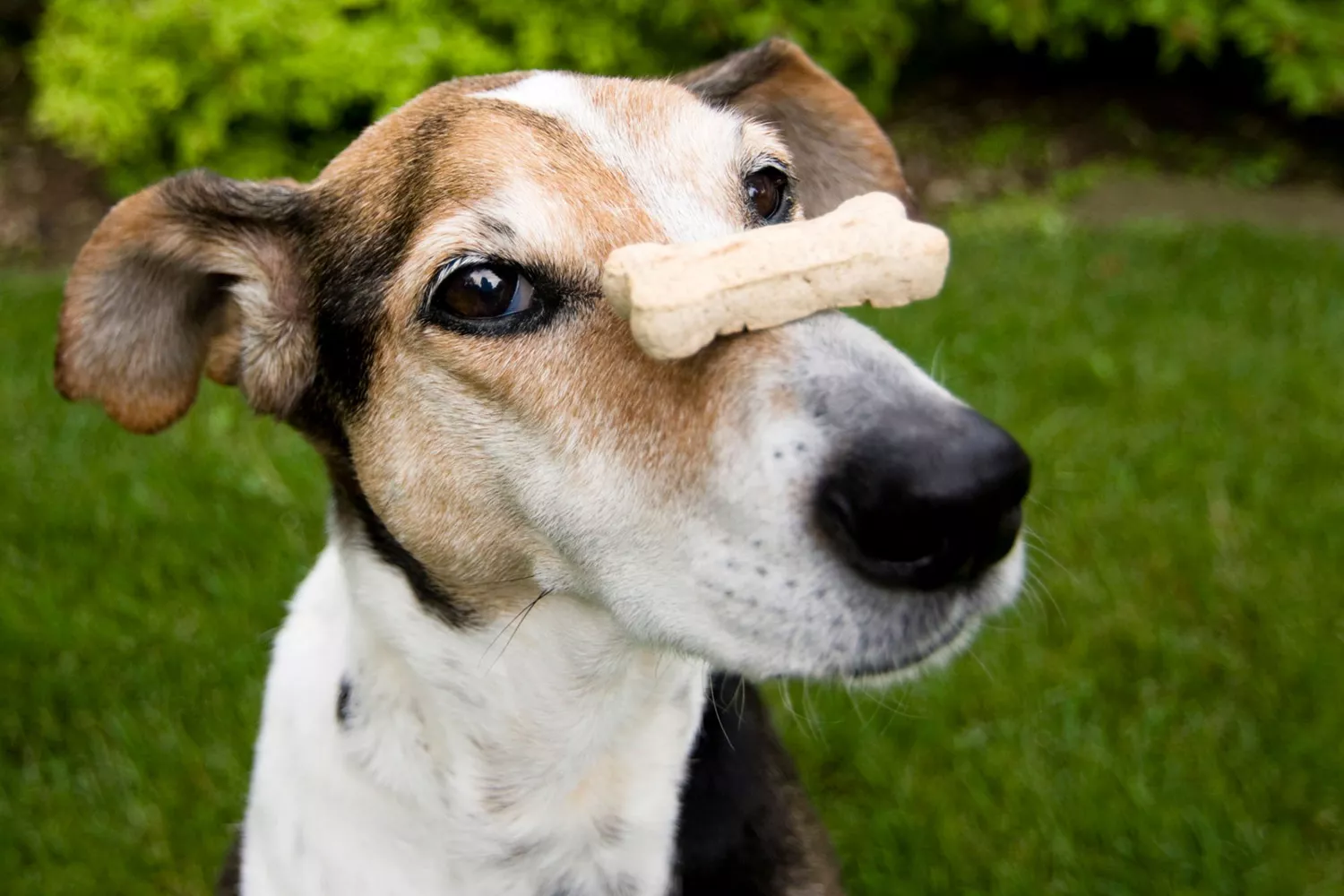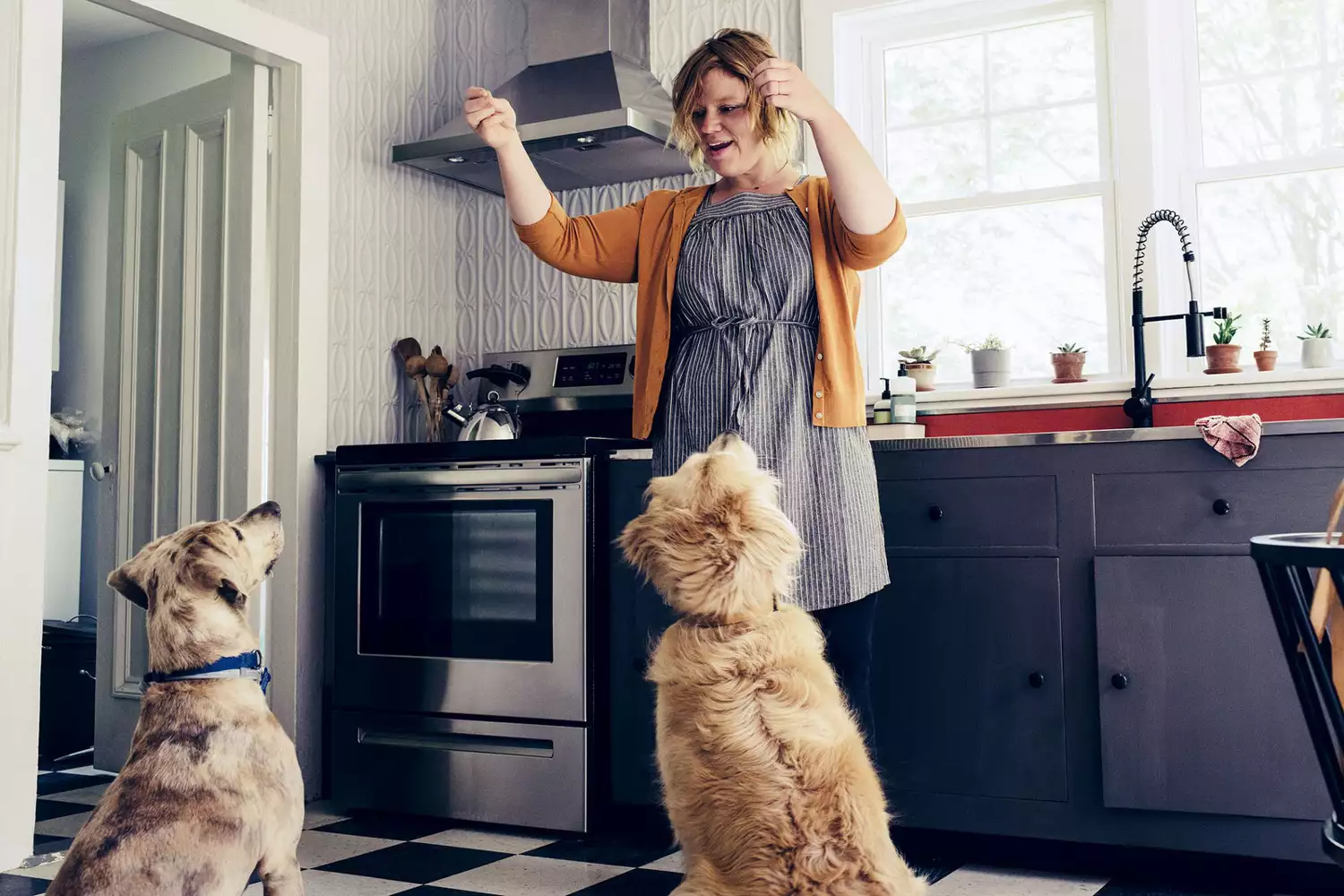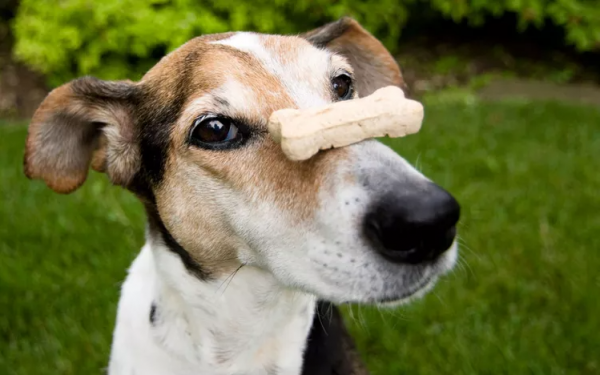My shy 6-month-old Shetland sheepdog hated dog training classes. They were held at night in a city parking garage filled with scary noises, unfamiliar sights, and confusing smells. Growing increasingly frustrated with our lack of progress and my dog’s weekly bout with dread, I researched training methods on my own.
One week, I decided to experiment with something I discovered in a dog training book. The class instructor asked us to line up all the dogs along one wall and cue them to sit and stay. We then turned and walked to the ends of our leashes, and called our dogs to us. Normally, Sundance would have crawled to me, glancing nervously in all directions, her need to be near me overcoming her fear of the distance between us. Tonight, she was a different dog. Her tail wagged. Her eyes looked bright and laser-focused. Her ears pricked forward. Her whole body seemed eager. She bolted to me, skidded into a sit, and looked up at me happily.
The instructor rushed over to us, exclaiming, “That was a fantastic recall! What did you do differently?”
“It was this,” I said, holding up a tiny piece of hot dog.
“Oh,” the instructor sighed, disappointed. “Well, don’t do that again.”
What? For the first time, my dog had overcome fear of her environment and was enjoying the learning process. Why was a sliver of hot dog a bad thing? More than 30 years ago, food was considered “cheating” in dog training. Dogs were supposed to work for you just because you told them to. They were expected to work for your approval alone.
I looked at the instructor’s retreating back then again at my dog, who was still sitting perfectly in front of me, tail wagging. I sided with my dog—and began a successful journey training with reinforcers, which I’ve adhered to ever since.

Positive Reinforcement Is Rooted in Science
Using reinforcement to build behavior is based in science. Operant conditioning is a method of learning that occurs through consequences, specifically reinforcement and punishment. Through operant conditioning, an individual makes an association between a specific behavior and a resulting consequence. Psychologist and behaviorist B.F. Skinner, known as the father of operant conditioning, pioneered the study of this type of learning in the late 1930s. So it’s not a new concept. It just took time before it went from the lab to the living room.
By the rules of operant conditioning, behavior that is reinforced increases in frequency. If your dog performs a behavior and you add a reinforcer, you increase the likelihood that the behavior will happen again. Called positive reinforcement, this is one of the fastest ways to teach your dog.
Sometimes you may use a treat as a lure to get a behavior. This is different from bribing. When using a lure, the treat serves as a magnet to get the dog to follow your hand into a specific position. You might hold a treat just above your dog’s head and move it slowly toward his back to lure your dog into sitting. As soon as he sits, you mark his success with a click and he gets the treat (see Effective Dog-Training Tools more on clickers and other training tools). Once your dog has successfully followed a lure for several repetitions, you try the same hand signal without the treat lure in your hand. When he sits, you click—then you give him his favorite treat as a reinforcer. If you keep that treat lure in your hand for too many repetitions, you and your dog could become dependent upon them.

Incorporate Learned Behaviors Into Daily Life
So how do you integrate reinforcing a skill with eradicating unwanted behavior? Consider a dog that won’t stop jumping on you or your friends. First, teach her to sit. Every time she sits, she gets a treat. Then incorporate the behavior into her everyday life. Have her sit before you let her outside. If she loves the outdoors, then going outside might be reinforcing. Have her sit before you give her meals. She loves food, so that could be a good reinforcer. Does she enjoy walks? Have her sit while you put on her leash to take her for a walk—another reinforcement situation. If she does not hurt you by jumping on you, the next time she springs on you ignore her until she sits. Then shower her with attention—another potential reinforcer. At this point, she is getting reinforced for keeping her butt on the ground in a variety of scenarios. By the laws of operant conditioning, she will sit more and more. Jumping in those same contexts will lessen because sitting has a much more fun, and reinforcing, learning history.
Training with reinforcement has lovely side effects. It builds a solid bond between you and your dog. The more you work with him and pay him for doing what you want, the better you communicate. Instead of yelling “No!” at him all the time, you’ll be teaching your dog to do things you like, which eases stress for both of you. As your hands come toward him with treats repeatedly throughout your practice, you’ll be conditioning him to love your hands near him. This is much better than having a dog that shies away from your hands or plays keep-away when you reach for him.
Reinforcement can also be used to help alleviate anxiety related to specific objects or situations. If your pup fears the vacuum cleaner, every time you pull it out, toss delicious treats to your dog across the room. When you put the vacuum cleaner away, the treats go away too. Take your time and don’t force your dog to come near the machine; let her cope at her own pace. Soon your pup will start to associate treats with the vacuum cleaner and look forward to seeing it in action.

Quick Tips for Training SuccessYour dog must like it, or it’s not a reinforcer. Training reinforcers include food, verbal praise, toys, petting, and play. But in general, food is the most exciting for dogs. If a dog spits out your treats, they don’t qualify as reinforcers. Softer treats with stronger scents work best: hot dogs, freeze-dried liver, cheese, and grilled chicken.
You may be reinforcing your dog without meaning to. For example, your teenage golden retriever jumps on you. You push her off, but she doesn’t stop jumping on you. Remember, reinforcement means an increase behavior—and your dog thinks you pushing her is awesome. Her jumping will get worse if you keep paying her for the behavior.
Deliver the reinforcer immediately after the behavior. Aim for one second. If you wait longer, the dog won’t associate it with the intended behavior. You want to teach your puppy to eliminate outside. You take her out. She pees. You bring her inside, go to the pantry, and give her a treat. You just reinforced her for following you to the pantry, not for peeing outside. You were too late.
There is a difference between reinforcing and a bribe. If your dog performs a behavior and then you give him a treat, you’re reinforcing him for a good job. If you can’t get your dog to come in from the backyard until you show him a treat, that’s a bribe. Avoid bribes. You’ll end up with a dog who only engages with you (in that situation) when you have treats in your hand.
The science of positive reinforcement applies to all dog species. So whether you have a tiny Maltipoo or a big Rottweiler, follow the science and you’ll get results. It will be a rewarding (ahem, reinforcing!) experience for both of you.



